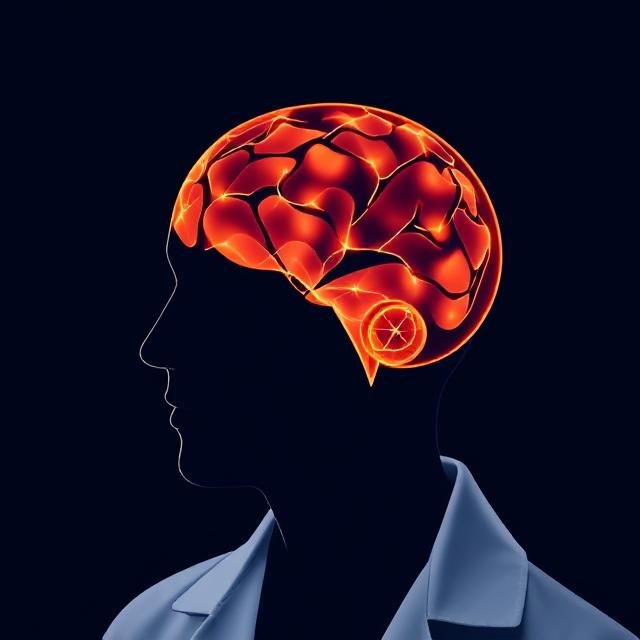Introduction
Psychedelic experiences can leave a lasting imprint on the brain. For some people, the echoes of hallucinogenic drug use persist as flashbacks or ongoing perceptual changes, a condition known as Hallucinogen Persisting Perception Disorder (HPPD).
HPPD can be distressing, interfere with daily functioning, and sometimes be mistaken for other psychiatric conditions. Understanding this disorder is crucial for affected individuals and healthcare providers alike.
What Is HPPD?
Hallucinogen Persisting Perception Disorder (HPPD) is a condition where people experience recurrent visual disturbances resembling those they encountered while under the influence of hallucinogens. Unlike acute intoxication, these symptoms occur long after drug use has ceased—weeks, months, or even years later.
According to the DSM-5-TR, HPPD involves:
- Reexperiencing perceptual symptoms from earlier hallucinogen use
- Significant distress or impairment in social, occupational, or other areas of functioning
- Symptoms not attributable to another medical or mental disorder
Symptoms of HPPD
Symptoms vary but commonly include:
- Visual snow (static-like dots in vision)
- Halos or auras around objects
- Trails following moving objects
- Flashes of color or light
- Distorted size perception (micropsia/macropsia)
- Intense afterimages
- Difficulty focusing
Unlike psychotic disorders, individuals with HPPD recognize that these perceptual changes are not real.
Types of HPPD
Researchers often classify HPPD into two types (Halpern et al., 2016):
- Type I (Intermittent):
Occasional, brief flashbacks triggered by stress, fatigue, or substance use. Symptoms may be mild and less distressing. - Type II (Chronic):
Continuous perceptual disturbances causing significant distress and impairment. Symptoms can persist for months or years without relief.
Causes and Risk Factors
The precise cause of HPPD is not fully understood, but contributing factors may include:
- Changes in visual processing pathways in the brain
- Sensory disinhibition leading to persistent visual disturbances
- Individual susceptibility, including:
- Personal or family history of anxiety or mood disorders
- High doses or frequent hallucinogen use
- Use of other substances (e.g., cannabis, stimulants)
Drugs associated with HPPD include:
- LSD (lysergic acid diethylamide)
- Psilocybin (magic mushrooms)
- MDMA (Ecstasy)
- Mescaline
- DMT
- Cannabis (in rare cases)
Diagnosis of HPPD
Diagnosing HPPD involves:
- Thorough psychiatric and medical history
- Rule-out of other conditions like:
- Psychotic disorders
- Neurological issues (e.g., epilepsy, migraines)
- Anxiety or panic disorders
- Clinical assessment using DSM-5-TR criteria
Healthcare providers may refer patients for neurological testing or ophthalmologic exams to exclude physical causes of visual disturbances.
Treatment for HPPD
There’s no FDA-approved treatment specifically for HPPD, but management may include:
- Education and reassurance: Understanding the disorder helps reduce fear and anxiety.
- Avoiding triggers: Such as drugs, stress, or sleep deprivation.
- Medications: Sometimes prescribed off-label:
- Benzodiazepines for anxiety
- Anticonvulsants like clonazepam in some cases
- SSRIs cautiously (some reports suggest worsening symptoms in certain individuals)
Therapy can help patients manage anxiety and distress associated with symptoms.
Living with HPPD
Many people with mild HPPD find that symptoms fade over time. For others, persistent symptoms may affect daily functioning. Coping strategies include:
- Managing stress through relaxation techniques
- Avoiding hallucinogenic drugs and other triggers
- Seeking support groups or mental health counseling
- Educating family and friends to reduce stigma
Early recognition and professional help can improve outcomes significantly.













